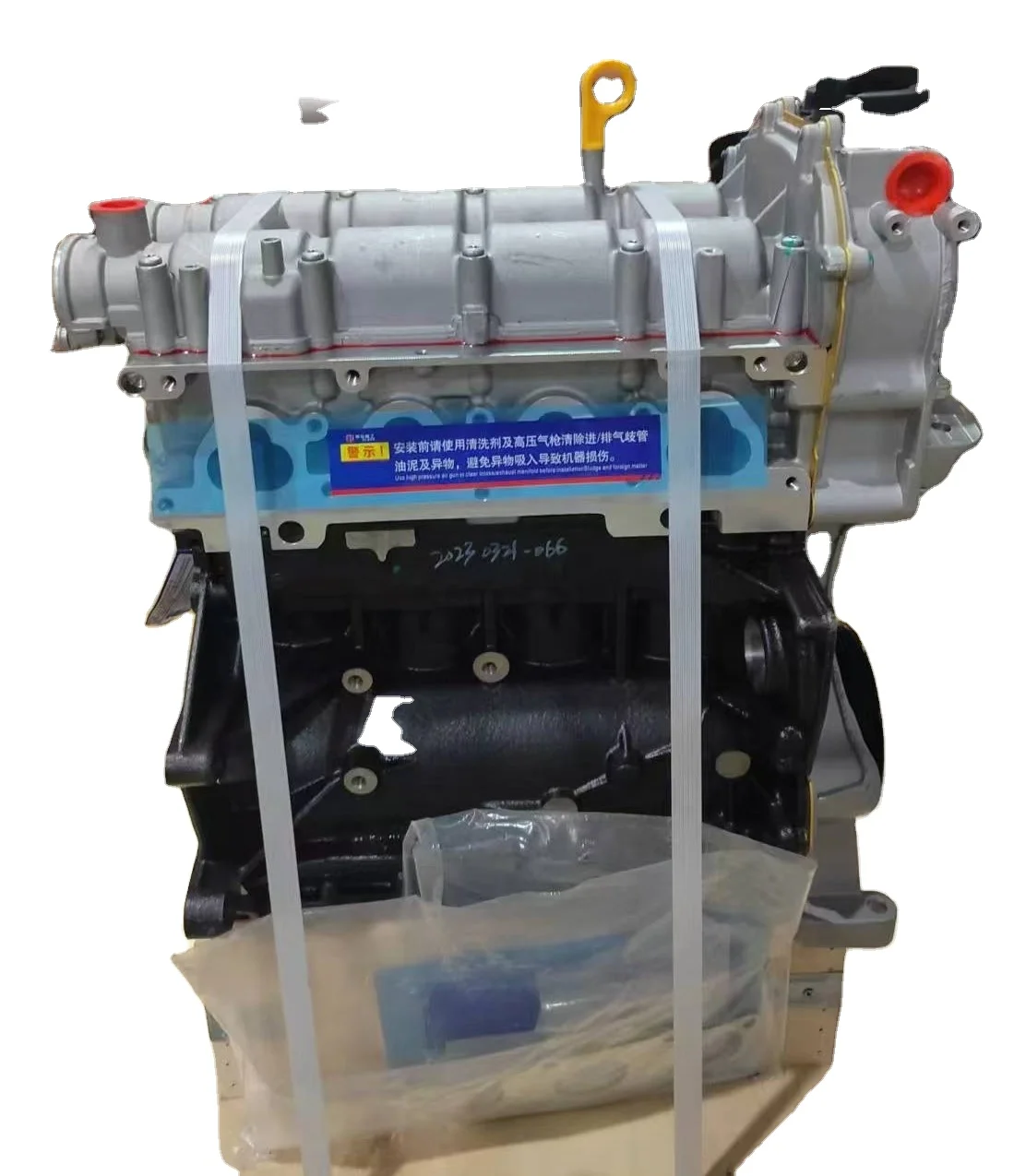Ensure peak performance with a reliable clp engine.
Ensure peak performance with a reliable clp engine.
Blog Article
Exactly How a Clp Engine Can Improve Performance in Different Industries
The advent of CLP engines notes a substantial change in operational performance throughout numerous markets, driven by their capacity to maximize gas usage and decrease downtime. As organizations increasingly focus on sustainability alongside efficiency, the function of CLP engines becomes even much more important.
Summary of CLP Engines
CLP engines, or Constant Fluid Propellant engines, stand for a considerable development in propulsion modern technology, especially for room applications. These engines utilize a continuous feed system that permits for the continual expulsion of propellant, causing boosted efficiency and performance contrasted to traditional strong or hybrid propulsion systems. By maintaining a consistent flow of fluid propellant, CLP engines can achieve much more specific thrust control, which is important for maneuvering spacecraft in different objective circumstances.
The design of CLP engines incorporates sophisticated products and innovative fuel monitoring systems. clp engine. This leads to reduced weight and boosted integrity, essential elements for long-duration area goals. In addition, the continual procedure reduces the threat of burning instability, a common obstacle in standard rocket engines.

Benefits in Manufacturing
The production of Constant Liquid Propellant (CLP) engines provides a number of noteworthy benefits that boost both performance and cost-effectiveness. Among the primary benefits is the streamlined production procedure, which decreases the intricacy connected with typical propulsion systems. By making use of fluid propellant, suppliers can accomplish higher precision in engine performance, leading to enhanced power outcome and minimized waste.
Additionally, CLP engines help with a greater level of modularity, permitting less complicated integration right into numerous production lines. This adaptability can dramatically decrease preparations and enhance total functional adaptability. The usage of CLP technology likewise has a tendency to minimize the demand for substantial maintenance because of less relocating components, which translates right into reduced downtime and operational prices.

Applications in Logistics
Leveraging Constant Fluid Propellant (CLP) engines in logistics supplies substantial advantages in functional efficiency and dependability. These engines give a robust option for various transportation requirements, enabling the seamless motion of goods across large ranges. The intrinsic layout of CLP engines enables consistent power outcome, which equates into smoother and a lot more predictable transport timetables.
Among the key applications of CLP engines in logistics remains in sturdy products transport, where they can drive both ground and airborne automobiles. Their ability to maintain high performance under differing lots problems makes sure that distribution timelines are met, consequently enhancing customer complete satisfaction. Furthermore, CLP engines can be integrated right into automated logistics systems, assisting in real-time monitoring and maximizing route preparation.
Furthermore, the longevity of CLP engines decreases maintenance downtime, enabling logistics business to optimize their functional capacities. This is particularly useful in warehousing operations, where effectiveness in handling and transferring items is crucial. As logistics remains to develop, the assimilation of CLP engines stands for a forward-thinking approach that not only enhances performance however additionally sustains the sector's growing needs for dependability and rate.
Effect On Energy Effectiveness
How do Continual Liquid Propellant (CLP) engines enhance energy effectiveness in transport? CLP engines use a constant circulation of liquid fuel, enhancing burning procedures and keeping a steady thrust result. This try this site design lessens energy losses related to traditional combustion engines, where fuel shipment can vary and cause inefficiencies.
The constant procedure of CLP engines permits a more effective thermal cycle, resulting in greater certain impulse contrasted to conventional engines. clp engine. This translates to lowered gas intake for the same quantity of job done, considerably lowering operational expenses across different transportation fields, consisting of air travel and maritime industries
In addition, the ability of CLP engines to maintain optimal performance under differing tons conditions reduces the requirement for constant velocity and slowdown, further boosting fuel performance. Boosted energy performance not just adds to cost savings but additionally brings about decrease greenhouse gas exhausts, aligning with global sustainability objectives.
Future Trends and Innovations
Arising developments in Continual Fluid Propellant (CLP) engine modern technology promise to transform the landscape of transportation effectiveness and sustainability. As sectors pivot towards greener options, CLP engines stand Going Here at the center, incorporating innovative products and design techniques that enhance efficiency while lessening environmental impact.
Among get more the most encouraging fads is the adoption of hybrid systems that incorporate CLP engines with renewable resource sources. This harmony can maximize fuel consumption and minimize exhausts, aligning with global sustainability objectives. Developments in computational fluid characteristics (CFD) are promoting the layout of even more aerodynamically reliable engines, leading to lowered drag and boosted gas efficiency.
Moreover, the advancement of clever monitoring systems is readied to boost functional performances. These systems leverage data analytics and IoT innovation to enhance engine efficiency in real-time, ensuring that the engines run within their most reliable criteria.
As study remains to check out alternate propellant formulas-- such as biofuels and synthetic gas-- the future of CLP engines looks encouraging. By taking advantage of these innovations, markets can not just improve their effectiveness but also add dramatically to a cleaner, much more lasting future in transport.
Verdict
In conclusion, CLP engines stand for a considerable innovation in efficiency across several markets. The combination of innovative materials and less moving components lessens upkeep demands, while alignment with sustainability goals positions CLP engines as a critical innovation for the future.
Report this page